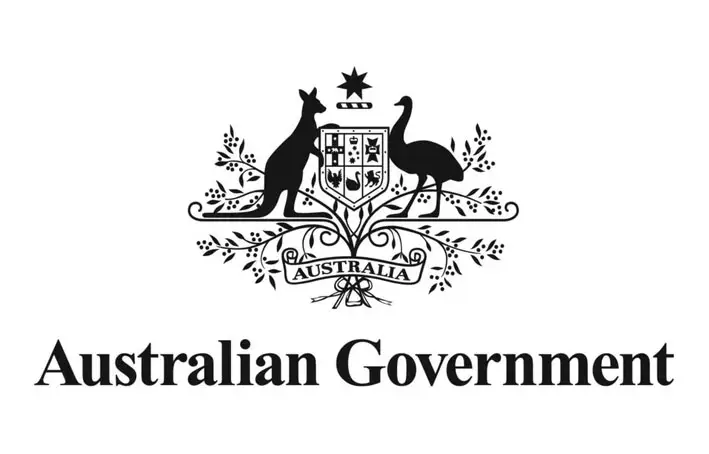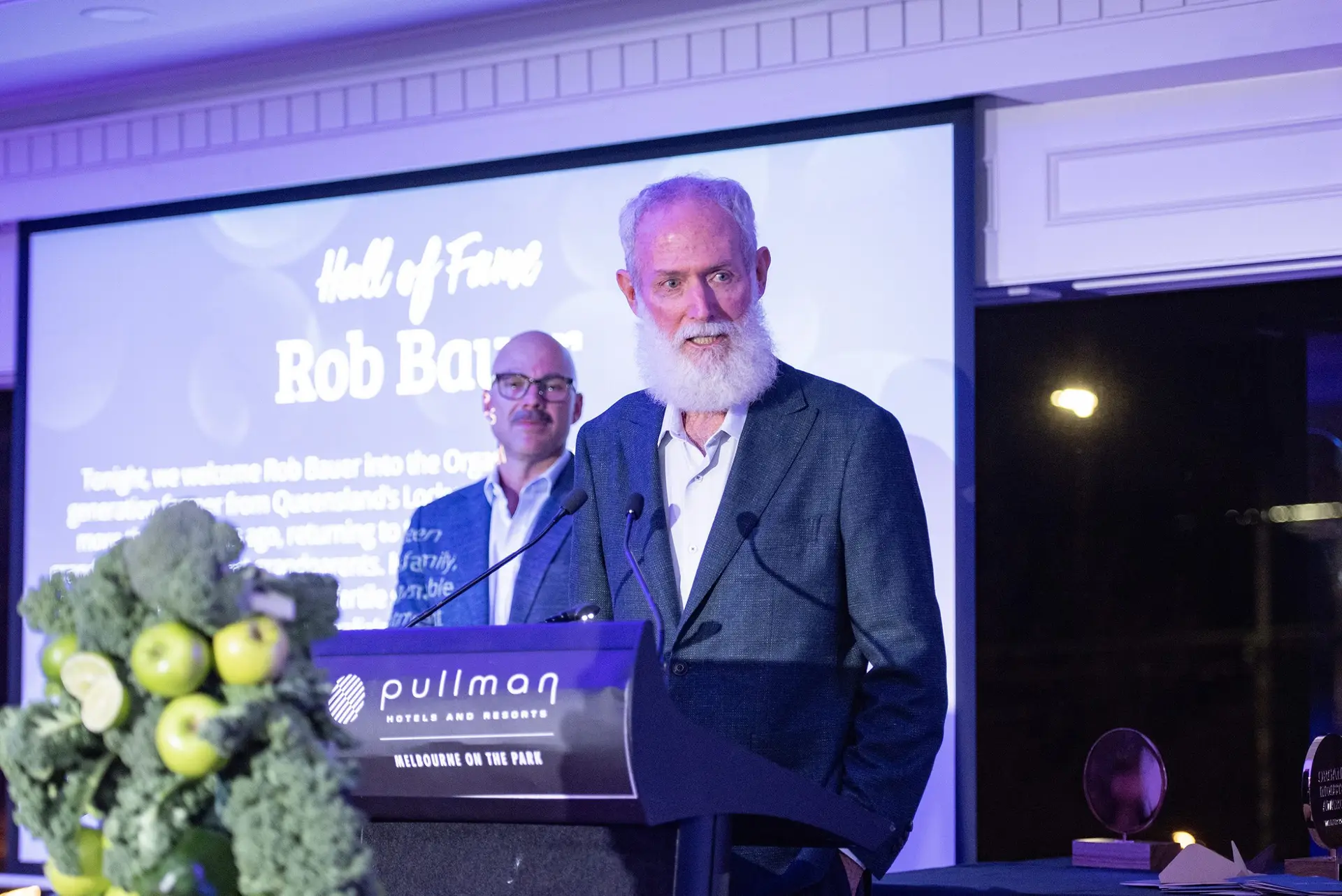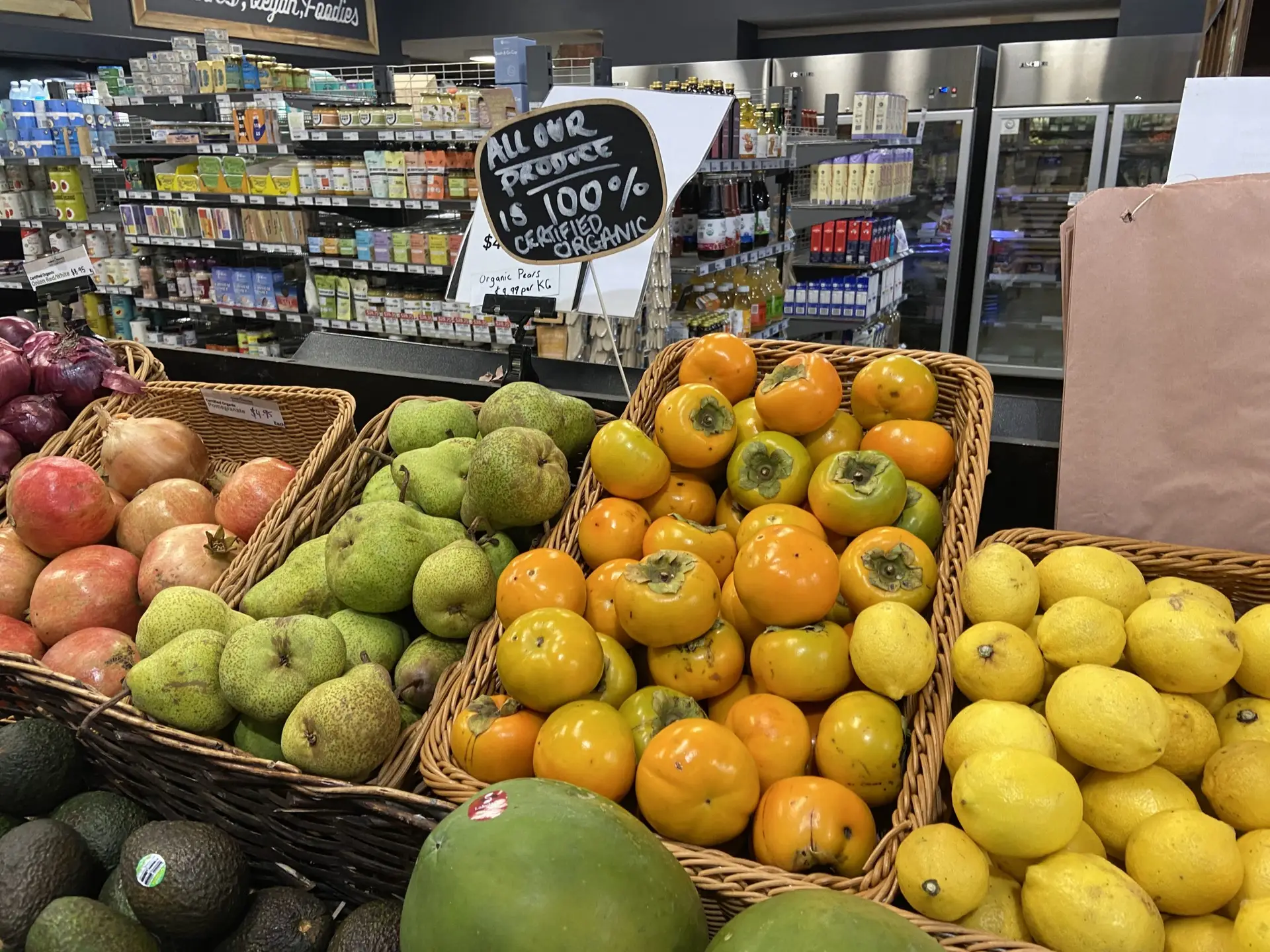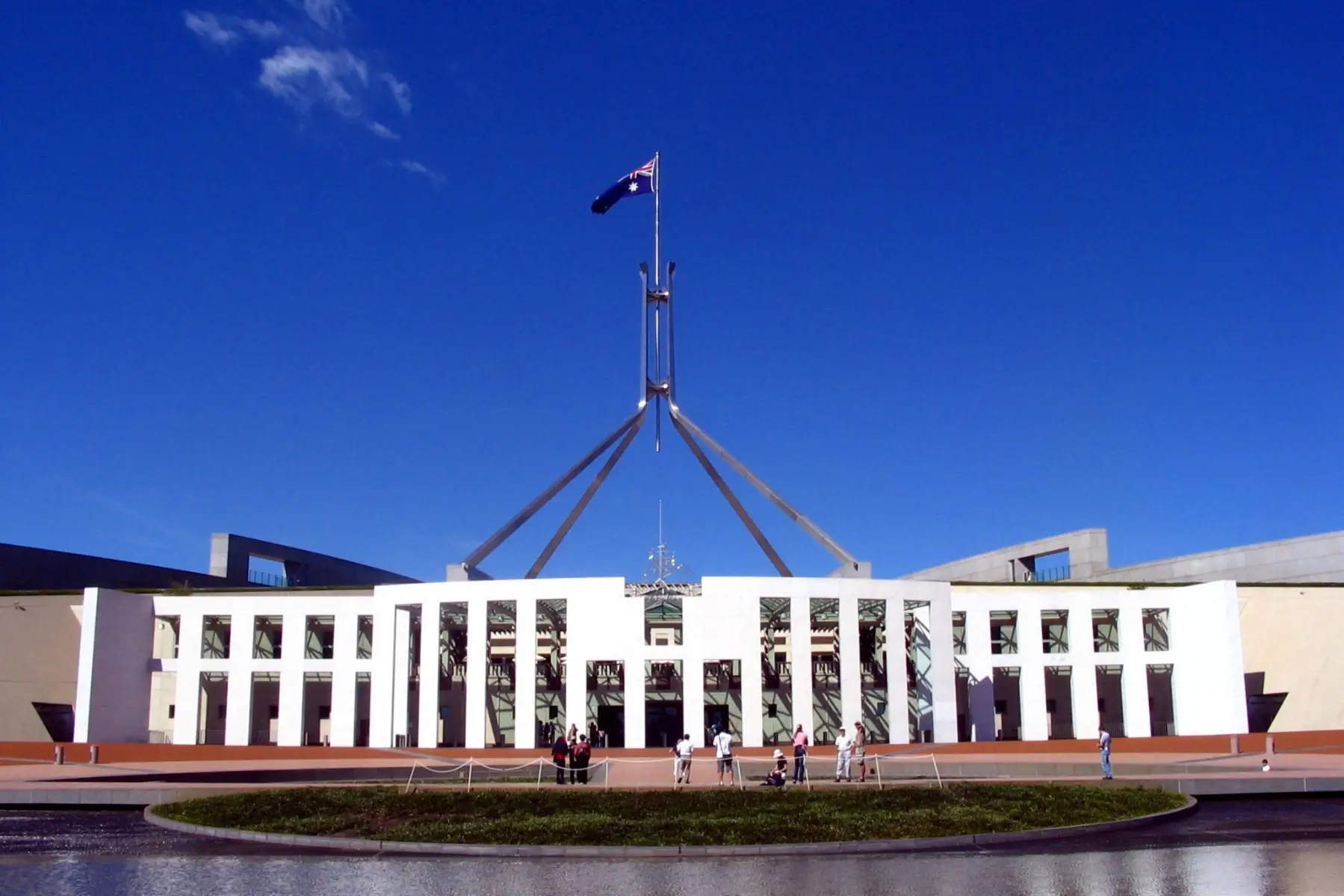Media release
Farm production value holds despite bushfires, drought
The value of Australian agricultural production is forecast to remain high despite bushfires and prolonged drought, with overseas demand balancing drought-related falls in farm output and incomes.
ABARES’ Chief Commodity Analyst Peter Gooday said the value of farm production in fiscal 2019-20 was expected to fall slightly to $59 billion, down on the previous year’s $62 billion and above the 10-year average due to higher prices for livestock and some other agricultural commodities.
“Widespread bushfires over the 201920 summer are not expected to have had a significant impact on the agricultural sector on the whole,” said Mr. Gooday, launching the latest Agricultural Commodities report at the ABARES Outlook 2020 conference in Canberra.
“The bushfires and smoke impacts in some areas were locally devastating. The majority of Australia’s agricultural production and exports, however, takes place outside the affected areas.”
This year, Mr Gooday said, was another drought impacted one, with many regions having experienced their driest 12 months on record, even as others particularly in Victoria — saw improved conditions, making for an uneven national outlook.
“Farm production and average farm incomes are estimated to have fallen for a second straight year in drought regions, with incomes for all broadacre farms projected to fall 8 per cent to $153,000 per farm in 201920 around 4 per cent below the 10-year average,” he said.
“In NSW we are expecting farm cash incomes to be close to zero this year. As bad as things have been at a state level in the last 20 years and some regions are substantially worse than the average.”
“For dairy farmers, average farm cash incomes nationally should increase from $120,100 per farm in 201819 to $165,000 per farm in 201920, with modest improvement for around 73% of Australian dairy farms due mainly to higher farm gate milk prices.
“Those gains come from comparatively low levels in Queensland, parts of Victoria and New South Wales, and drought-related falls in milk production plus high feed and irrigation costs are constraining improvement.
“Meat and livestock prices have stayed high as African swine fever (ASF) has decimated China’s swineherds, driving red meat prices up and requiring Chinese consumers to look elsewhere. Without those good prices, this year would look a lot worse.
“Livestock prices medium-term are expected to soften but remain high, although coronavirus poses a significant risk as Chinese demand for agricultural products has declined under restrictions put in place to contain the outbreak, particularly for items like seafood and wine.
Mr. Gooday said that in 201920 Australia would have the lowest number of beef cattle since 1990 and lowest sheep flock since 1904, with production 12 per cent lower than five years ago.
“Over the medium term to 202425, a gradual recovery in the production of livestock and livestock products is expected to follow herd and flock rebuilding, although recovery will take several years and livestock related production in 202425 will still be 8% below the 201415 peak,” he said.
“The value of Australia’s agricultural exports overall is forecast to fall by 11% to $43 billion in 2019-20, which in real terms is 16% below the record value of exports in 201617, reflecting 3 consecutive annual falls in crop exports.
“We can expect grains and oilseeds exports to rebound quickly, but livestock numbers will take some time to recover and for cotton the speed of recovery will depend on how quickly irrigation storages are replenished.”
“The signing of phase one of a trade deal between the United States and China is a welcome sign of easing tensions. But the deal contains some very ambitious targets for agricultural imports, and the implications of that for Australian agriculture are not yet clear.
The report is available at awe.gov.au/agricultural-outlook
The ABARES Outlook conference, held on 3 and 4 March 2020, is focused on the future of Australia’s agriculture sector. Outlook 2020 provides a rich menu of insights, ideas and information relevant to Australian agriculture.
For more information and to view the program and speakers, visit agriculture.gov.au/abares/outlook.





